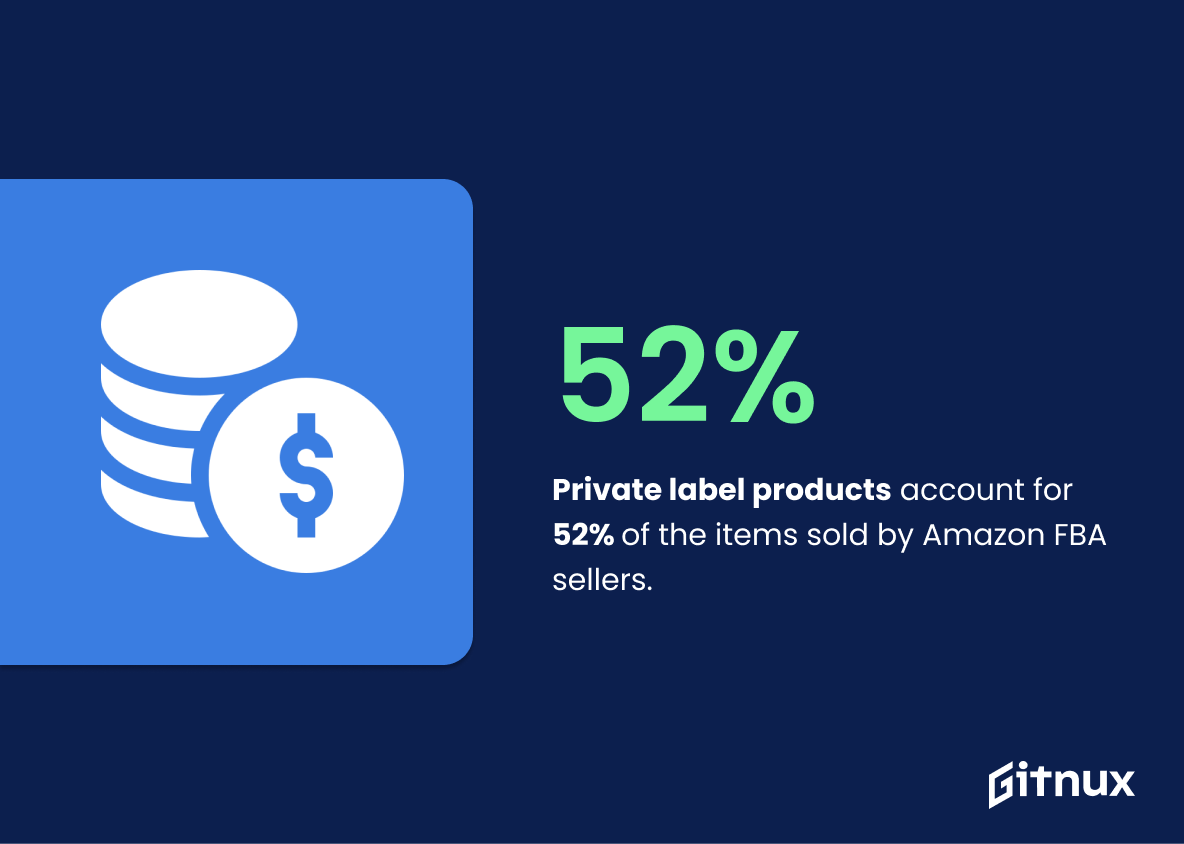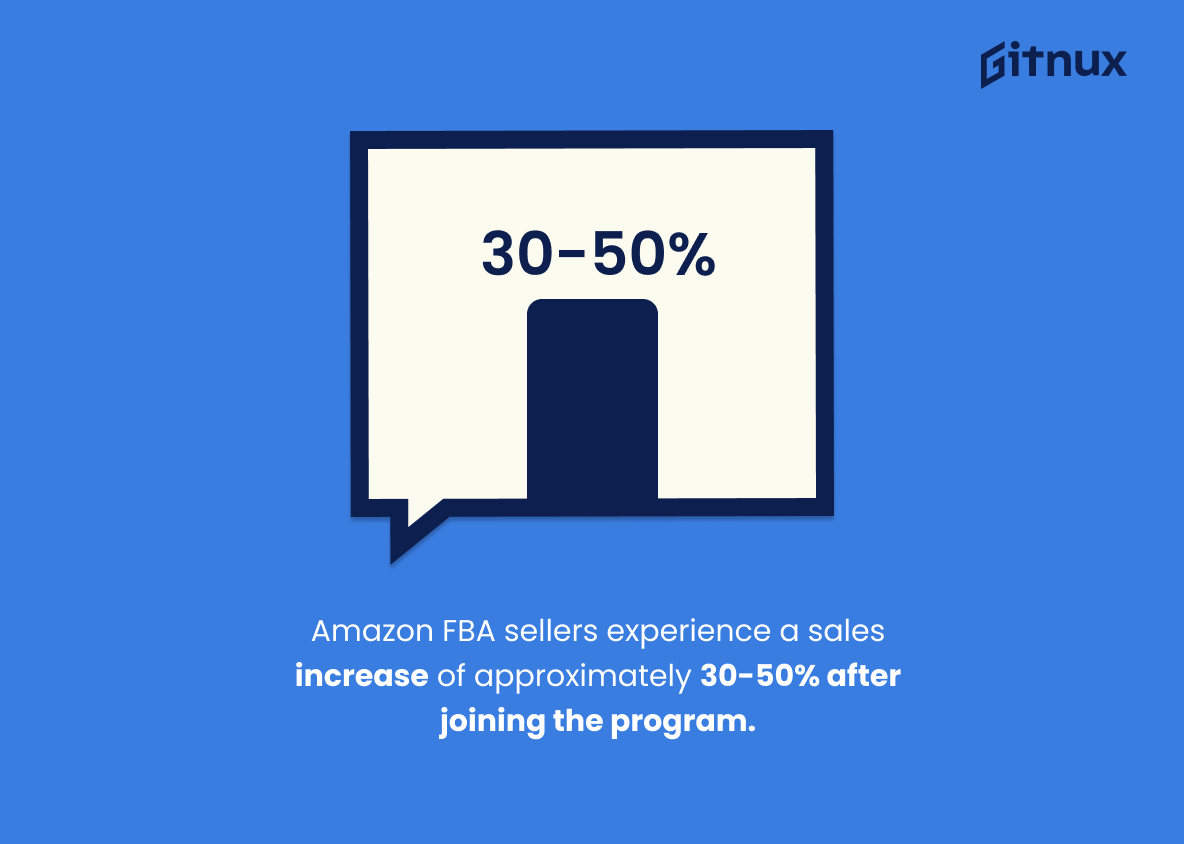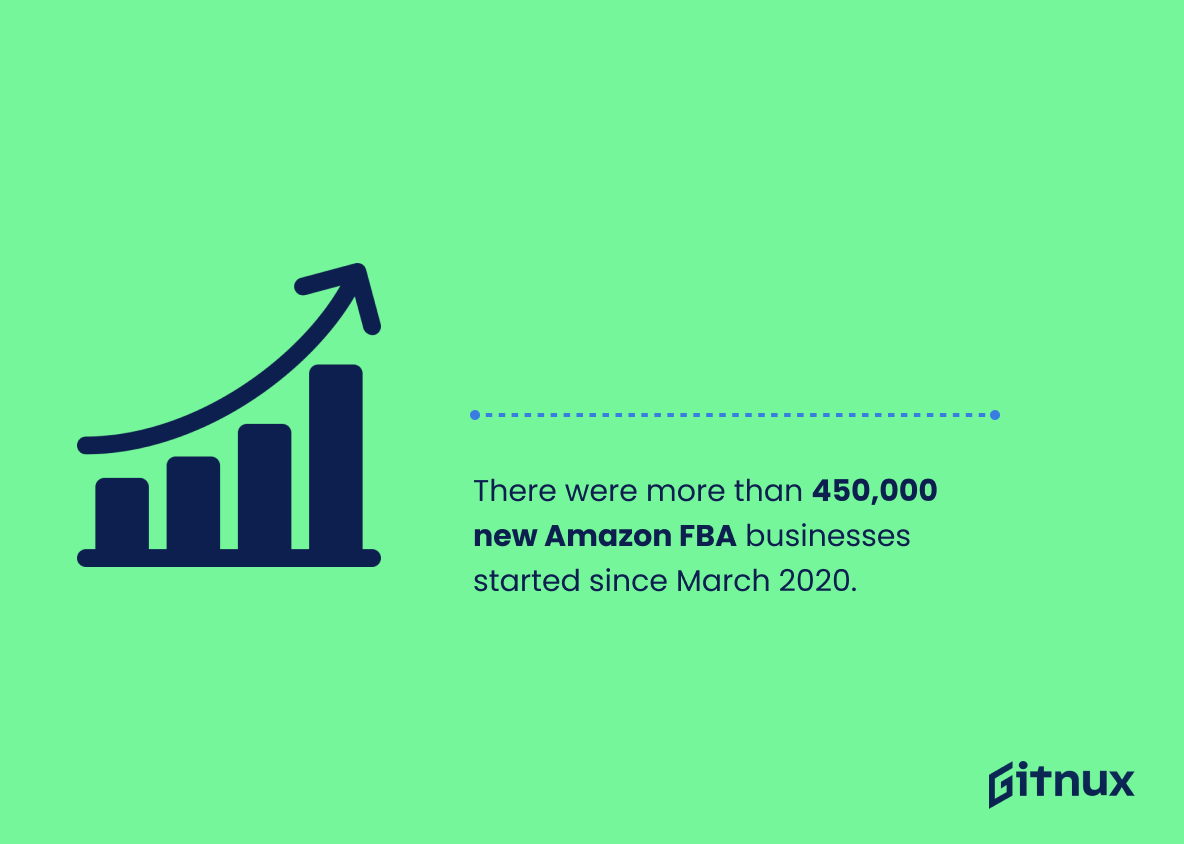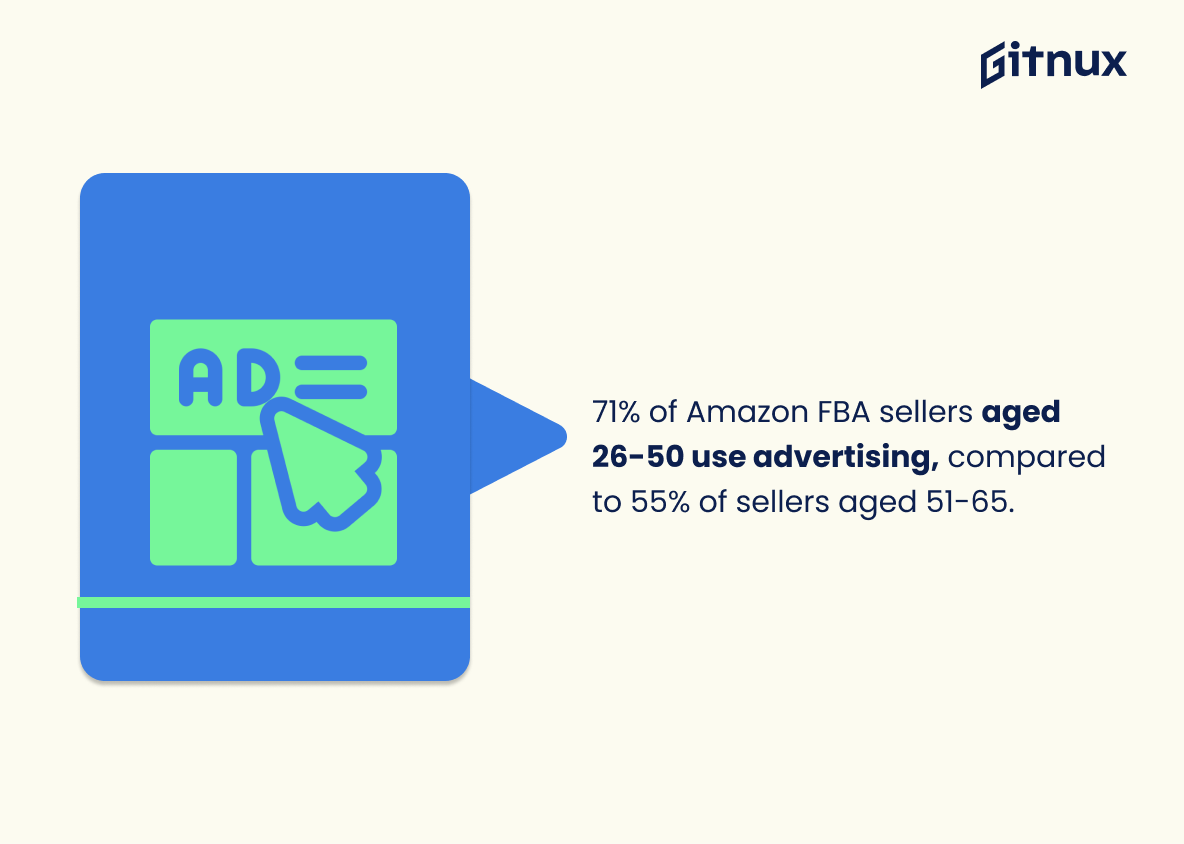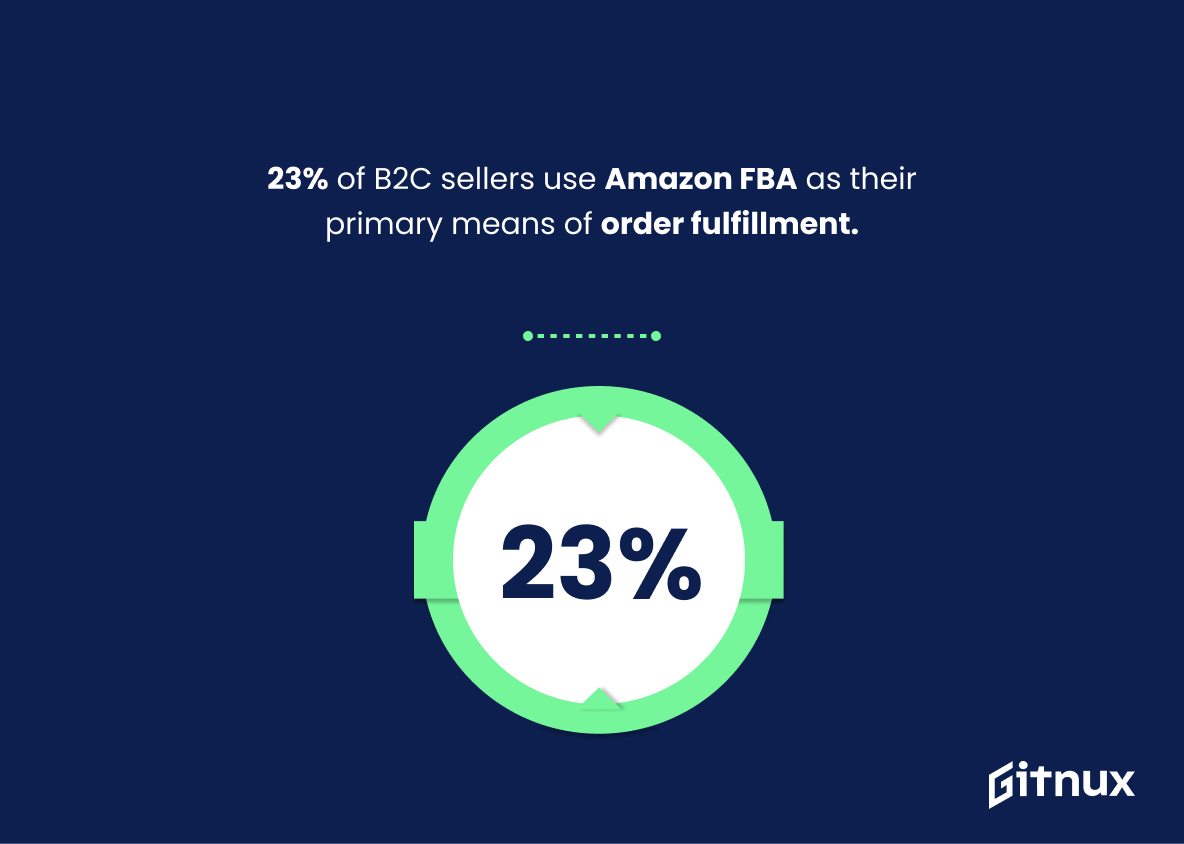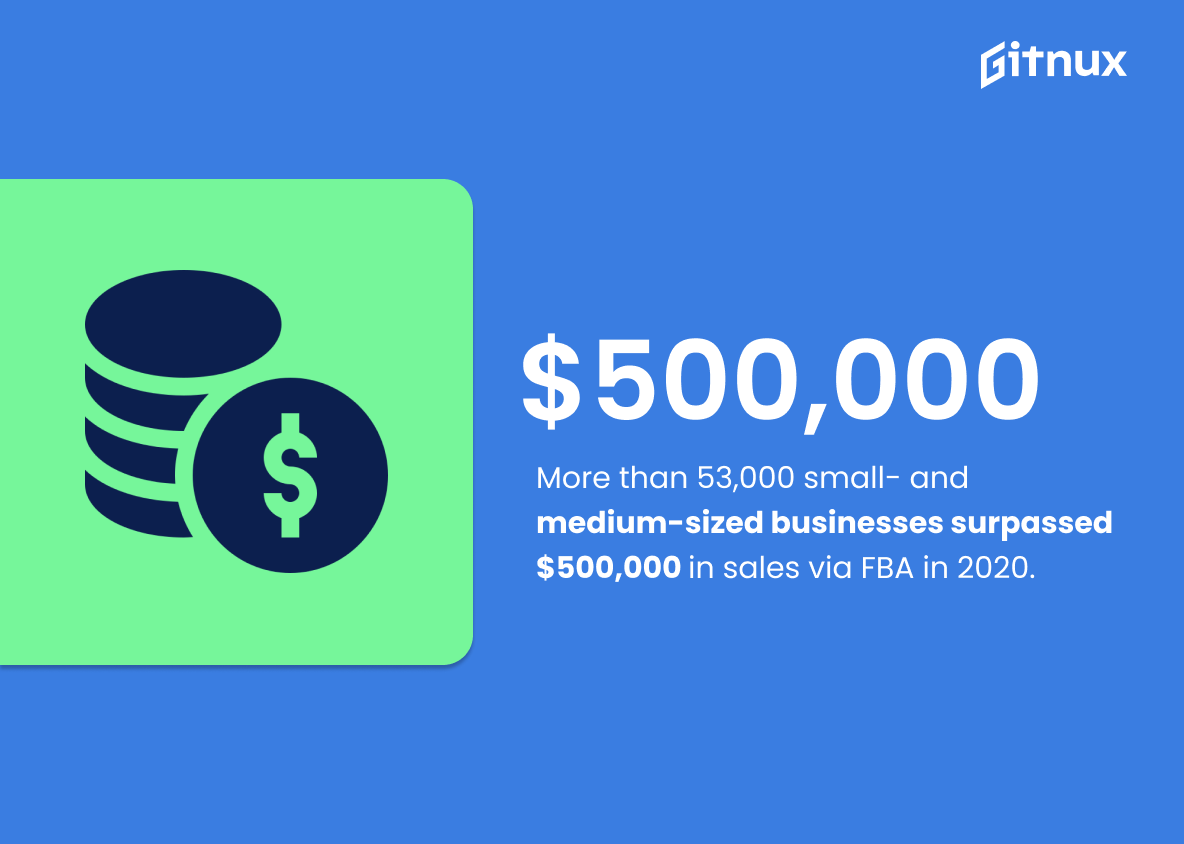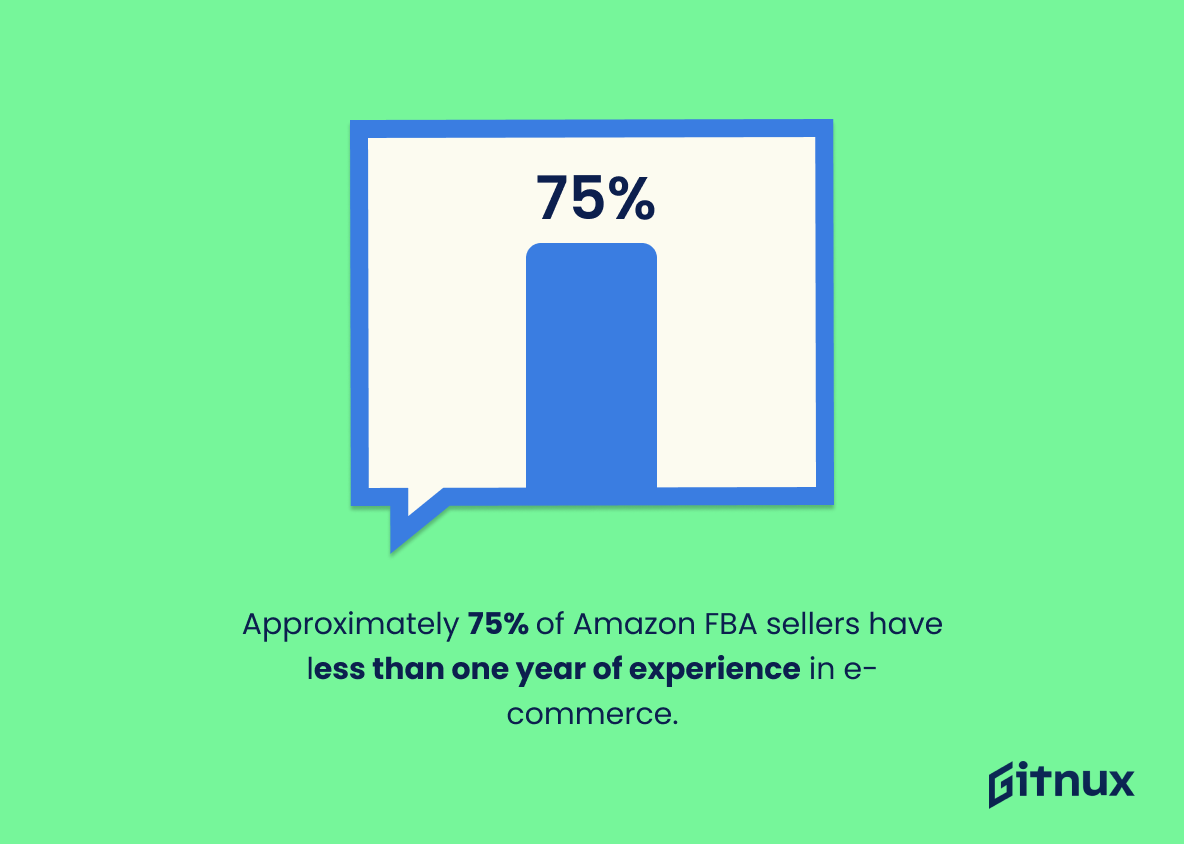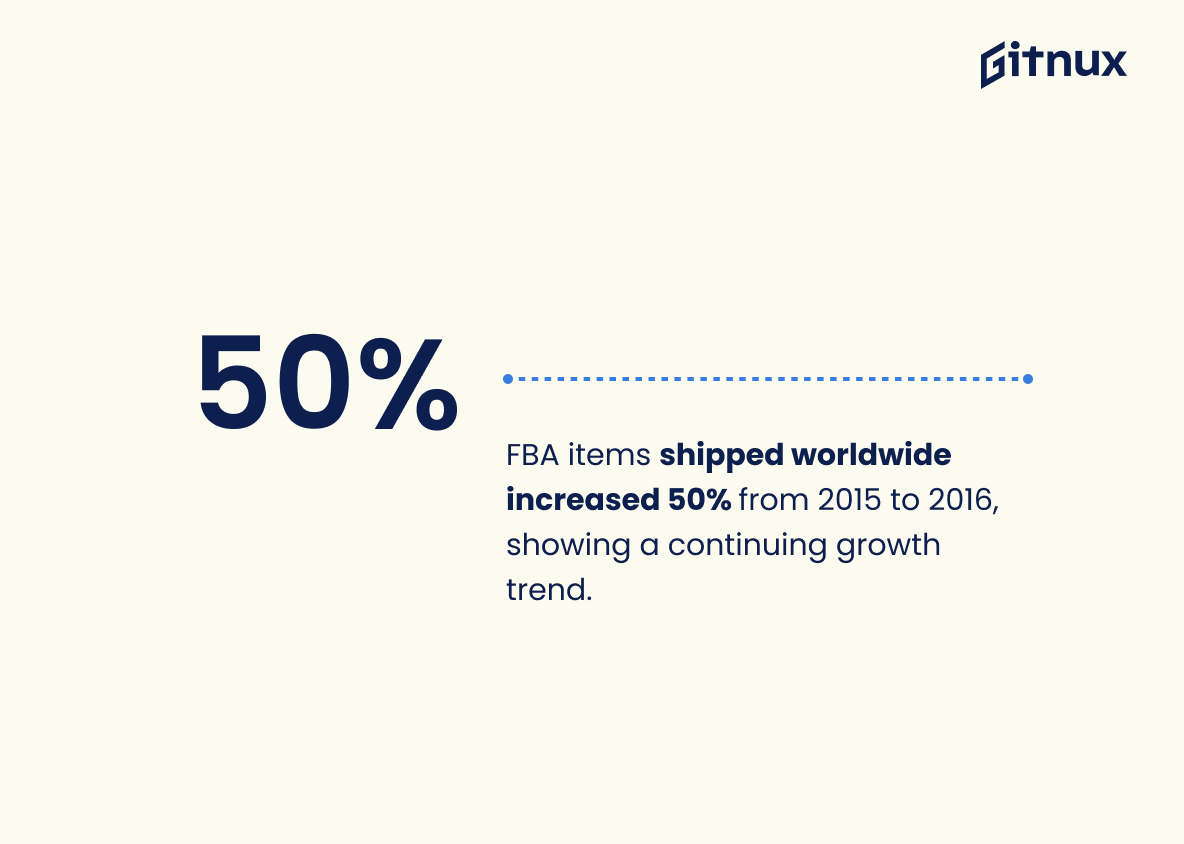Are you curious about the success of Amazon FBA sellers? With over 2.5 million active sellers, 66% using the FBA service and an average monthly revenue of $60,000 reported by those same sellers, it’s no wonder why so many entrepreneurs are turning to this platform for their e-commerce needs. In 2018 alone, 30% of Amazon FBA sellers earned more than $100K in annual income while 73% achieved a 10% profit margin within their first year.
But what else do we know about these successful businesses? According to statistics from various sources such as JungleScout and Helium10, 58% opt for small and lightweight products to minimize inbound shipping costs; 25%, meanwhile have product catalogs with more than 50 items; private label products account for 52%; 71 % are based in the United States; 3.4 billion products were delivered through its program last year; 87 percent operate on amazon .com while 23 percent also use amazon .co uk ; sales increase approximately 30-50%; 450 thousand new businesses started since March 2020.; 53 percent run part time business ; customer reviews impact 81 % raising focus on customer service ,23 % B2C seller use fba primary means order fulfillment , 140 thousand surpassed 100 k revenue via fba & 75 per cent have less then one yr experience e commerce etc.. All these facts point towards a thriving industry that is only growing bigger each day.
This statistic is a testament to the potential success that Amazon FBA sellers can achieve. It shows that with the right strategies and dedication, it is possible to make a substantial income through Amazon FBA. This statistic is an encouraging sign for those considering taking the plunge into Amazon FBA and provides a glimpse of the rewards that can be reaped.
25% of Amazon FBA sellers have a product catalog with more than 50 items.
This statistic is a telling indication of the success of Amazon FBA sellers. It shows that a significant portion of sellers have been able to expand their product catalogs to include more than 50 items, which is a testament to their hard work and dedication. This statistic is a great reminder that Amazon FBA sellers can achieve success if they are willing to put in the effort.
Amazon Fba Statistics Overview
Private label products account for 52% of the items sold by Amazon FBA sellers.
This statistic is a testament to the power of private label products in the Amazon FBA marketplace. It shows that private label products are a major factor in the success of Amazon FBA sellers, and that they are a key component of the Amazon FBA business model. This statistic is a valuable insight into the current state of the Amazon FBA market, and it is an important piece of information for anyone looking to start or grow their Amazon FBA business.
Amazon FBA sellers experience a sales increase of approximately 30-50% after joining the program.
This statistic is a powerful testament to the success that Amazon FBA sellers can experience when joining the program. It demonstrates that joining the program can be a great way to boost sales and increase profits. This statistic is an important piece of information for anyone considering joining the Amazon FBA program, as it shows that the program can be a great way to grow their business.
There were more than 450,000 new Amazon FBA businesses started since March 2020.
This statistic is a testament to the incredible growth of Amazon FBA businesses since March 2020. It speaks to the resilience of entrepreneurs and the power of Amazon’s FBA platform to help them succeed. It’s a clear indication that Amazon FBA is a viable option for those looking to start their own business, and it’s a great reminder of the potential of the platform.
71% of Amazon FBA sellers aged 26-50 use advertising, compared to 55% of sellers aged 51-65.
This statistic is significant in the context of Amazon FBA Statistics because it demonstrates the importance of advertising for sellers of different ages. It shows that younger sellers are more likely to use advertising to promote their products, while older sellers are less likely to do so. This could be due to a variety of factors, such as the younger sellers being more tech-savvy or having more resources to invest in advertising. This information can be used to inform strategies for Amazon FBA sellers of different ages, helping them to maximize their success.
23% of B2C sellers use Amazon FBA as their primary means of order fulfillment.
This statistic is a telling indication of the popularity of Amazon FBA as a primary means of order fulfillment for B2C sellers. It speaks to the trust and reliability that B2C sellers have in Amazon FBA, as well as the convenience and efficiency it provides. This statistic is an important piece of information to consider when discussing Amazon FBA statistics, as it provides insight into the current state of the industry.
More than 53,000 small- and medium-sized businesses surpassed $500,000 in sales via FBA in 2020.
This statistic is a testament to the success of Amazon FBA in 2020. It shows that more than 53,000 small- and medium-sized businesses were able to leverage the platform to reach a level of success that would have been difficult to achieve without it. This is a powerful indicator of the potential of Amazon FBA and serves as a great example of how businesses can use the platform to grow and thrive.
Approximately 75% of Amazon FBA sellers have less than one year of experience in e-commerce.
This statistic is a telling indication of the competitive nature of the Amazon FBA market. It shows that the majority of sellers are relatively new to the e-commerce space, which means that the competition is fierce and the stakes are high. This statistic is a reminder that Amazon FBA sellers need to stay on top of their game in order to succeed.
FBA items shipped worldwide increased 50% from 2015 to 2016, showing a continuing growth trend.
This statistic is a testament to the success of Amazon FBA, demonstrating that the program is continuing to grow and expand. It shows that more and more people are taking advantage of the convenience and reliability of Amazon FBA, and that the program is becoming increasingly popular. This statistic is an important indicator of the success of Amazon FBA, and is a great example of the potential of the program.
Conclusion
The statistics presented in this blog post demonstrate the immense growth of Amazon FBA over recent years. With more than 2.5 million active sellers, 66% using the FBA service and an average monthly revenue of $60,000 reported by those sellers, it is clear that Amazon has become a major player in e-commerce. Furthermore, 73% of new Amazon FBA sellers achieve a 10% profit margin within their first year while 58% opt for small and lightweight products to minimize costs. Private label products account for 52%, with 71% based in the United States alone and 3.4 billion items delivered through its program last year – showing no signs of slowing down anytime soon.
References
0. – https://www.sellerlabs.com
1. – https://www.bigcommerce.com
2. – https://www.skipmcgrath.com
3. – https://www.amazeowl.com
4. – https://www.sellerengine.com
5. – https://www.ecommercebytes.com
6. – https://www.marketplacepulse.com
7. – https://www.museminded.com
8. – https://www.practicalecommerce.com
9. – https://www.sellbrite.com
ZipDo, cited June 2023: Amazon Fba Statistics
